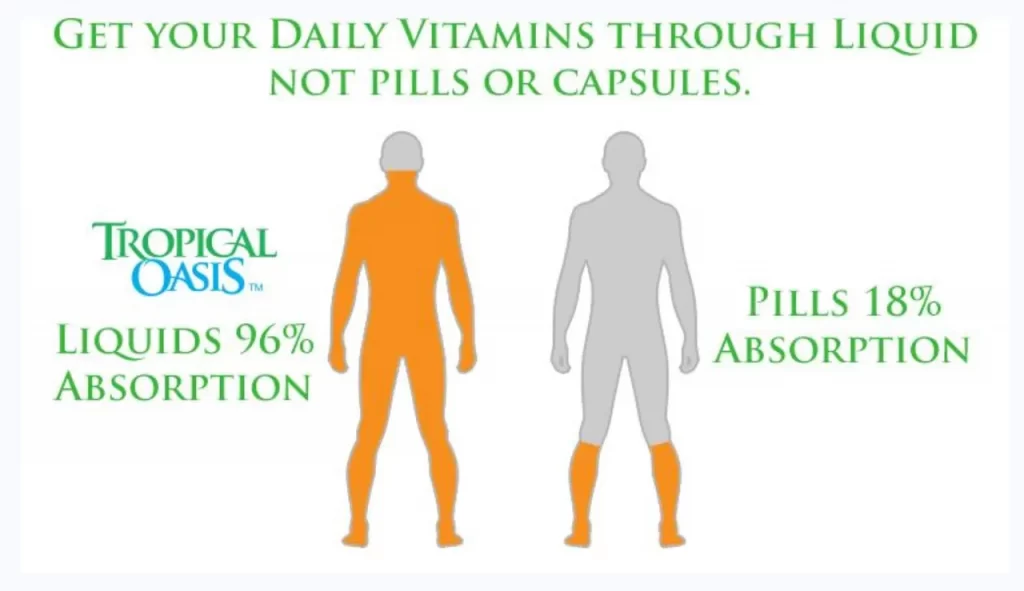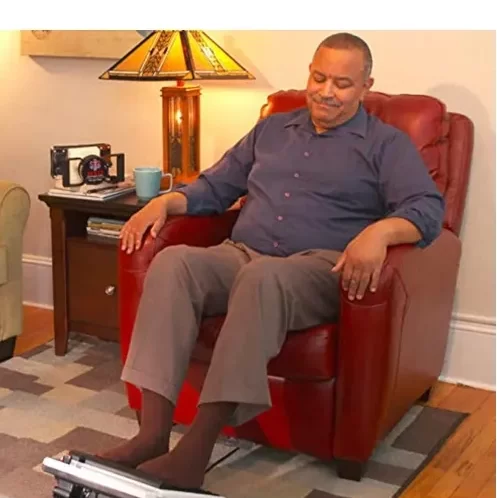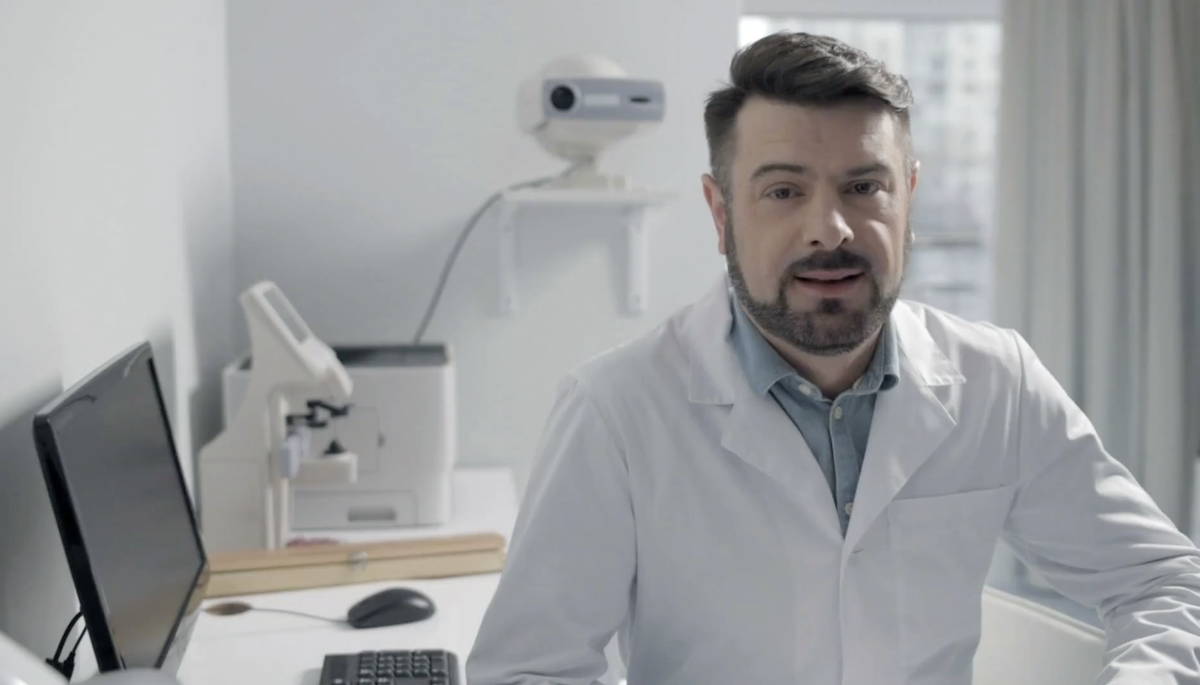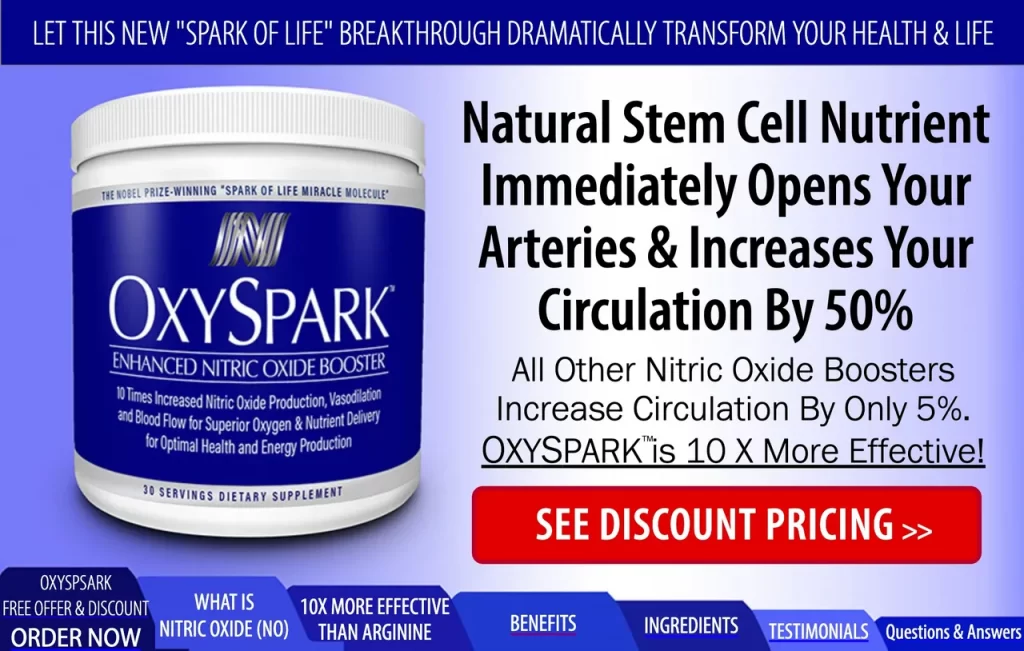Case Study: Peripheral Neuropathy
byTom Monson
As a case manager for one of the country’s largest Medical Practices dealing exclusively with peripheral neuropathy. I worked with at least six people every day who were suffering the symptoms of this progressive disease.
PATIENT # 14,024 — PATIENT NAME: John Q,
It was time to greet my first patient of the day. I walked into the waiting room and he bounced up from his chair and walked toward me with a purpose. John’s broad smile and booming voice made me like him right off. He was a little overweight but did not look like he was a day over 50. I had to double-check my notes.
“Hello Mr. Q. My name is Tom and I’m your case manager. I’ll go through the procedures with you and make sure you get answers to all your questions. I may have to consult with the doctor, but I will get them answered,” I said.
“Looking at your chart Mr. Q, it says you are 71. Is that right?” I asked.
“Call me John, please. And, yes it’s true. I’ll be 72 in a couple of months,” he said.
“What’s your secret?” I asked.
“Good genes,” he smiled.
“I guess so,” I replied.
As we walked down the hall to the exam room, he told me that he had seen a presentation the previous week and thought it would be a good idea to take the tests to see if he had neuropathy. He didn’t think he did, but thought it would be prudent to make sure.
So when we sat down in the exam room, I asked him what his symptoms were. He told me he was having sharp shooting pains in his feet, he was cramping, it felt like he had socks on when he was barefooted and his feet were cold and hot.
“How can that be?” he asked.
I told him that it is common to happen at the same time.
I asked him if he had any numbness, tingling, or if he had any balance issues. He told me the other day, he lost his balance, and fell. He said he wasn’t hurt but it was embarrassing as could be.
Then I told him, “I know what you mean, but Peripheral Neuropathy symptoms usually begin with hardly-noticeable numbness, prickling, or tingling in the toes or fingers.
“As it progresses, it may spread to your feet with a sharp or shooting pain. It may feel like you are wearing a sock when you’re not. Your feet or hands may be extreme sensitivity to the touch which may result in difficulty to sleep – even sheets can cause some people pain. You may have difficulty with your balance and coordination. Your muscles may experience weakness, cramping, or twitching. You may even have difficulty walking or moving your arms. Sometimes it shows up as sweating for no reason. It may also affect your circulatory system and show up as blood pressure or pulse abnormalities.”
“Before last week, I never heard of peripheral neuropathy,” he said.
I told him that some experts claim peripheral neuropathy affects close to 30 million people in the United States, but I believe the number is much higher because of the foods we eat.
I told him that the real problem with peripheral neuropathy is it can dramatically affect the quality of life for many people.
“What Causes it?” He asked.
Peripheral neuropathy is the result of nerve damage where nerves no longer function properly.

Your nerves are protected by a coating called a myelin sheath. It’s like the insulation that covers a wire to protect it. When neuropathy sets in, the myelin sheath breaks down to allow the electric impulses to fire through the “insulation.” This is what causes sharp pain, hot, cold, and sensitivity. And then the nerve just breaks and in the worst cases, they die.
“Why do they die?” he asked.
Your Nerves need a constant supply of oxygen. Where do you think that comes from?
He shrugged, “Through the blood?”
“Very good! And when the tiny capillaries that feed your nerves die off or become clogged with cholesterol, the nerves start to shrink and die. That’s why such a high rate of diabetics have peripheral neuropathy,” I said
“There are many causes for peripheral neuropathy but it is often referred to as diabetic nerve pain or diabetic neuropathy because according to some estimates about 70% of diabetics suffer from some form of neuropathy.
“Other causes are viral infections like shingles, Lyme disease, HIV, hepatitis C.
“Excessive use of alcohol can also damage the nerves. Other factors include genetic considerations, autoimmune disorders like rheumatoid arthritis and lupus, traumatic events such as car crashes, sports injuries, and falls, toxins, chemicals, heavy metals, and medications especially chemotherapy can all cause peripheral neuropathy.”
Then he asked the million-dollar question, “What happens if I don’t treat it?”
“Before we worry about that, let’s do your tests and see what the doctor has to say,” I told him.
He agreed. I asked him to take off his shoes and socks and have a seat on the exam table and I would get the doctor.
Just as I said that there was a knock on the door and the doctor walked in.
I smiled at John and he asked, “Wow – How did you do that?
I just shook my head and shrugged.
“Hello, I’m Doctor Gordon, but you can call me Tammy. Are you ready for your tests?” She asked.
“I guess,” he said as he looked at me.
I said, “I’ve got some paperwork to take care of and I’ll be back in about 10 minutes.”

A few minutes later, I was sitting at my desk when Tammy placed the clipboard with John’s test results in front of me. It took me only a few seconds to see that he had a moderate case of peripheral neuropathy. He lost his balance when he was asked to close his eyes and he couldn’t feel the filament as the doctor passed it across the bottom of his foot. He barely felt the needle.
It’s always the toughest part of my job to explain to people that they have peripheral neuropathy. Often people will go into denial when they first hear they have it. Because of this, too many times it goes untreated. If I didn’t explain it to him correctly, he could walk out and never treat his condition until it’s too late.
When I walked into the room he was slightly agitated.
“What’s up?” I asked.
“Well… When the doctor left the room, I could see that she was annoyed about something,” he told me.
“Did you make a pass at her?” I asked trying to break the mood.
He looked at me in a funny way. “Maybe I should have. She is kind of cute.”
I nodded and smiled.
Then he asked, “So… Do I have it or not?”
“One thing you may or may not like about me, I always tell it like it is.” I said.
I asked, “Do you remember a few years back in LA when the older gentleman ran his car into a crowd of pedestrians?”
“Yeah, that was terrible, Killed three or four people,” he said.
“Four, and when the police questioned him, he said he couldn’t feel where his feet were. He thought he was stepping on the break when he was actually stepping on the accelerator. When the car raced forward up, he panicked,” I said.
“Neuropathy?” he asked.
I just nodded and stared at him. I paused for a few seconds to let that sink in.

I went on, “Last year one of my favorite patients, a woman named Helen came into our clinic for the first time. Her neuropathy was so bad she had to use a walker to get around. She was very unhappy because as she said, her life wasn’t worth living anymore.”
“Wait a minute,” he injected.”You telling me that’s what is going to be happening to me?”
“Peripheral Neuropathy is a progressive disease,” I said. “If it’s been getting worse over the last year or two, then the chances are good that it will continue to get worse.”
“Helen had a pretty severe case, much worse than yours. She grasped what I was saying and made some important changes in her life and now she doesn’t need the walker. She came by the office a few weeks ago and made a big announcement.
She shrieked, “I’m so happy because I can go back to doing what I love.”
One of the girls up front asked, What’s that Helen?”
I told him that Hellen threw up her hands, did a little jig, and announced, “I’m going back to the swap meet! I’m going to find me some treasures, and make some great deals!” I laughed.
I could see that he was processing what I was saying.
“Listen, John, I’m pretty sure there is no reason you can’t stop the progression of this disease,” I said.
“If you do nothing, nothing may change. On the other hand, you may be looking at skin ulcers, continued loss of balance, more falls, loss of feeling in your feet, not being able to drive, possible amputation,” I told him.
The room was silent for a long time.
“What can I do?” he finally asked.
I said, “Well, there are two schools of thought as far as treatment goes. The first is traditional medicine and the second is a more natural treatment.
“First, you need to understand there is no cure for peripheral neuropathy. All we can do is to mitigate the damage that has already been done to your arteries and nerves.”
“Can nerves be regenerated?” he asked.
“The short answer is yes. If you asked Helen, she would come back with a resounding ‘Yes.’ But there is more to it than that. You can only expect a partial recovery. Several studies suggest that it is possible to restore the nerve but not to their pre-neuropathy state.
“What we really want to do is manage the underlying causes, stop the progression of the disease, and relieve the symptoms,” I added.
“That makes sense,” he said.
“So, with many traditional practitioners, they try to mask the symptoms. And what do they use?” I asked.
He shrugged.
“They recommend the very thing that may be causing peripheral neuropathy in the first place. Medications like pain relievers like tramadol, oxycodone, or other opioids. Anti-seizure medicine like gabapentin, and tricyclic antidepressants, TENS Transcutaneous electronic nerve stimulation, and in extreme cases surgery.
“Traditional medical treatment rarely treats the underlying causes. They often only mask the symptom. But they do sell a lot of drugs.
“On the other hand, natural treatment often addresses the root causes and that may ease the pain and reduce the symptoms.
“As I mentioned earlier, the little arteries that feed your nerves are damaged and although there are several supplements that help with the symptoms, the one supplement that I would use if it were me would be Nitric Oxice because it helps put oxygen into the blood which will end up feeding your nervous system. The Nitric Oxide I prefer is OxySpark (besides being a great product, they offer a complete – no questions asked – money-back guarantee).
“The next supplement I would use is LIQUID B-COMPLEX. It is a vitamin blend containing the full line of 8 B Vitamins and 9 energy maximizing herbs including Eleuthero Root, Ginkgo, and Ginseng. It promotes energy metabolism (converting food to energy), immune function, and nervous system health. It is also in a liquid form so the absorption rate is very high.
“There are other supplements that will work to improve your nerve health. Alpha Lipoic Acid(ALA). While studies are still sparse, there is some evidence that ALA may have at least two positive benefits for individuals with type 2 diabetes. In Europe, ALA has been used for years to provide relief from the effects of diabetic neuropathy.
“GLUTAMINE has also been shown to have a protective effect on nerves. It may form a cover on the nerves in your hands, feet, and digestive tract, reducing the damage that could be caused by neuropathy.
“Omega‐3 Fatty Acids is a powerful antioxidant. Studies show it inhibits diabetic neuropathy. You can find it in fish oil, flaxseed oil, and other dietary supplements.
“Surprisingly, some of the foot massagers and vibrators on the market will not only stimulate circulation but help relieve the pain. This is really important if you are not able to initially get out and walk or exercise.
“Something that is proving to be very helpful for peripheral neuropathy is Red Light Therapy. Beyond Peripheral neuropathy, it has demonstrated a very positive effect for all kinds of health benefits. There are literally thousands of studies about the positive benefits of Red Light Therapy.
“Red Light Therapy can increase blood flow up to 3200% in just 30 minutes. Over time, this will help grow tiny new blood vessels (capillaries) and improve circulation with each treatment. If your nerve pain is due to lack of circulation, then getting better blood flow to them will have immediate results. Several studies showed it has the pain-relieving effect of morphine and similar drugs.
“You can come to the clinic for treatments, but now there are affordable devices on the market. Mito Red Light Therapy offers several different configurations and they are competitively priced and high quality. Red light therapy is also an FDA-approved treatment modality.
“Capsaicin cream can also bring pain relief and potentially a modest improvement in peripheral neuropathy. If it irritates you skin too much, stop using it.
“A good supplement to reduce cramping is magnesium/calcium. It is also available in liquid form. If you use it in large doses, it may cause diarrhea.
“And one of the most important things you can do to improve the quality of your life is to make healthy eating choices. Eat a balanced diet that includes a variety of healthy foods — especially fruits, vegetables and whole grains — and limit portion sizes to help achieve or maintain a healthy weight. Good nutrition is your first line of defense for peripheral neuropathy.
“If you drink alcohol, drink in moderation or not at all.
“If you have the symptoms or have been diagnosed with peripheral neuropathy, track what you eat and make sure you eat the right foods to stay as healthy as possible.
“Stay away from sugar as much as possible or totally. High glucose levels reduce the levels of the powerful vasodilator nitric oxide in blood vessels. If there is not enough nitric oxide, you run the risk of high blood pressure and that will eventually narrow down the blood vessels.
“If you smoke, stop. Nicotine causes your blood vessels to constrict or narrow, which limits the amount of blood that flows to your nerves and organs. If you need help, try Quit smoking magic.
“Exercise every day. This is one of the best ways to keep your blood sugar under control. It also improves blood flow and keeps your heart healthy. Walk, ride a bicycle for find an activity you enjoy. Don’t sit for more than 30 minutes at a time,” I said.
“Holly smokes! How am I supposed to remember all that?” he asked.
“There is an excellent book called Reversing Neuropathy, by Dr. Brian Prax. I suggest you get it and read it,” it has the power to really improve the quality of your life.
“Also a great resource for information about peripheral neuropathy is The Foundation for Peripheral Neuropathy. www.foundationforpn.org 485 E. Half-Day Rd. |Suite 350| Buffalo Grove, IL 60089 T 877‐883‐9942 |F: 847‐883‐9960.
“Listen, there is no reason why you can’t have another 20 years of good health to do the things you want to do free from pain and the disabling effects of peripheral neuropathy,” I finished.
We walked to the waiting room and his wife was waiting there.
“How’d it go?” she asked.
“Fine,” he said. “it looks like we have a little work to do,” he smiled.
I was thrilled that he not only accepted his condition but that he was also ready and willing to tackle the changes.
Tom Monson is an award-winning writer and the editor of Great Life Gazette.
DISCLAIMER: The materials and content contained in this article are for general information and education only and are not intended to be a substitute for professional medical advice, diagnosis, or treatment. None of this information should be interpreted as a claim of treatment or cure of any medical condition. You should ask your healthcare provider about any medical questions, diagnosis, and treatment. This article contains sponsored links.

